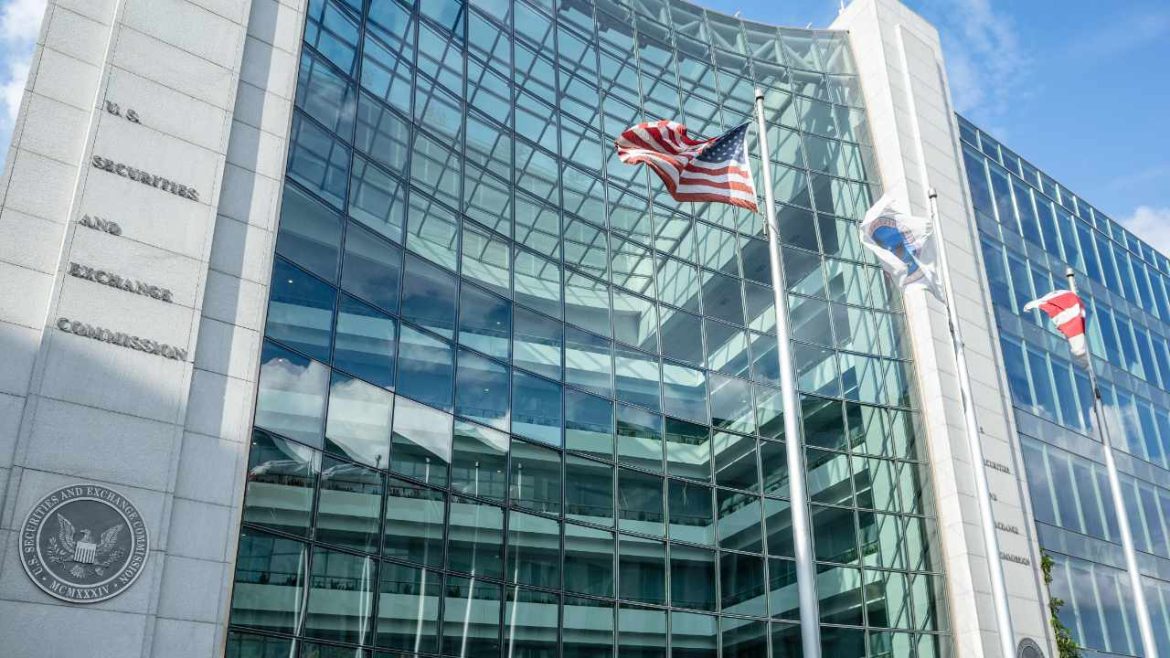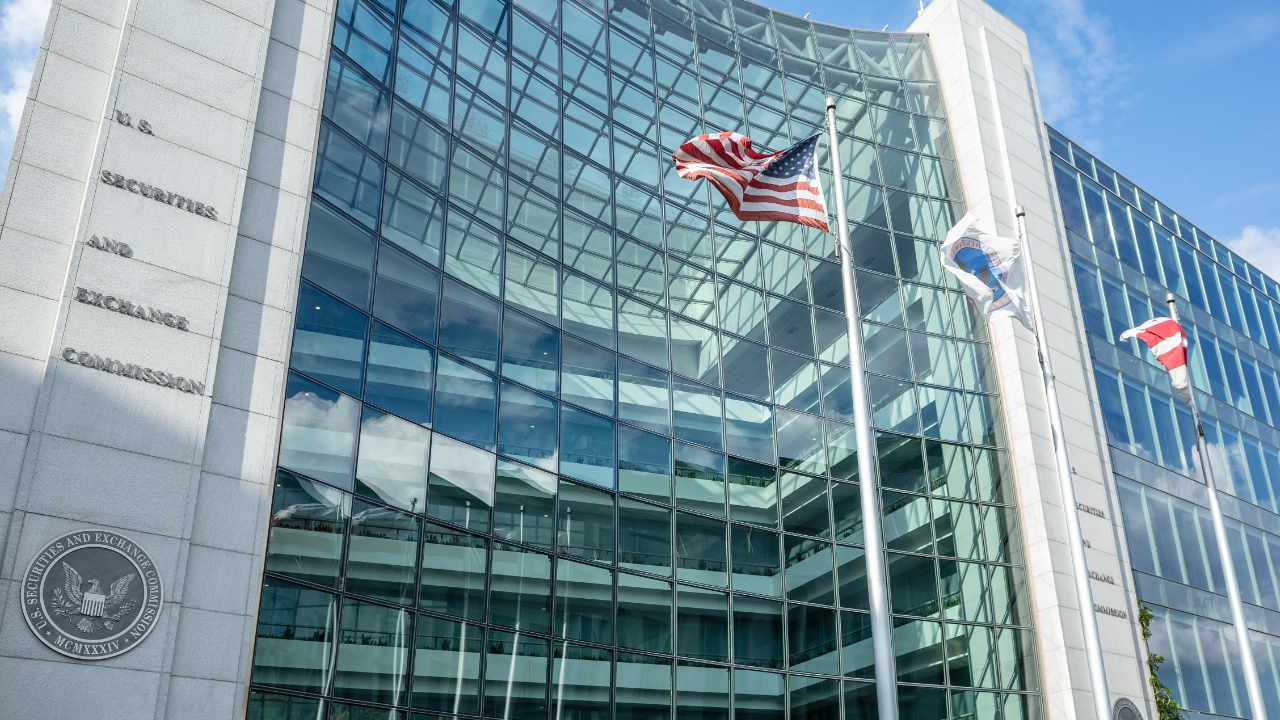The Promise and Potential of a Transatlantic Crypto Sandbox
Introduction: A New Era of Regulatory Innovation
The digital asset landscape is evolving at an unprecedented pace, outstripping the capabilities of traditional regulatory frameworks. Cryptocurrencies, tokenized assets, and decentralized finance (DeFi) are reshaping global financial systems, yet regulatory bodies often find themselves playing catch-up. In response to this challenge, SEC Commissioner Hester M. Peirce has proposed a groundbreaking solution: a cross-border regulatory “sandbox” between the United States and the United Kingdom. This initiative aims to create a controlled environment where companies can experiment with innovative digital financial technologies under the guidance of regulators, fostering innovation while mitigating risks.
The Concept of a Regulatory Sandbox
A regulatory sandbox is not a new concept. It has been successfully implemented in various jurisdictions to encourage innovation in financial technology (FinTech). The core idea is to provide a safe space for businesses to test new products and services without the immediate threat of regulatory enforcement. This allows regulators to observe these technologies in action, gather real-world data, and develop informed policies. A cross-border sandbox takes this concept further by facilitating collaboration between regulatory bodies in different jurisdictions, creating a more harmonized approach to digital asset regulation.
The proposed U.S.-U.K. digital securities sandbox is built on several key pillars: collaboration, innovation, consumer protection, and regulatory insight. By bringing together regulators from both sides of the Atlantic, the sandbox can leverage the expertise and perspectives of different jurisdictions. This collaborative approach is essential for addressing the borderless nature of cryptocurrencies and tokenized assets.
Fostering Innovation in a Controlled Environment
One of the primary goals of the sandbox is to foster innovation. By providing a clear pathway for companies to experiment with new technologies, the initiative encourages the development of innovative products and services in the digital asset space. This could lead to new ways of raising capital, trading securities, and managing assets. For example, companies could test new tokenization models, decentralized exchanges, or blockchain-based voting systems within the sandbox.
The sandbox also prioritizes consumer protection. While it aims to encourage innovation, it recognizes the importance of safeguarding investors and consumers. The controlled environment allows regulators to monitor the activities of participating companies and ensure that they are adhering to appropriate standards of conduct. This balance between innovation and protection is crucial for building trust in the digital asset ecosystem.
Enhancing Regulatory Insight
Another key benefit of the sandbox is that it enhances regulatory insight. By observing how digital assets are used in practice, regulators can gain a deeper understanding of the risks and opportunities associated with these technologies. This can inform the development of more effective and tailored regulations. For instance, regulators can study the impact of different tokenization models on market stability or the effectiveness of various consumer protection measures.
The sandbox can also help to level the playing field. By providing a clear pathway for companies to experiment with new technologies, the sandbox can reduce the advantages that larger, more established companies may have in navigating the regulatory landscape. This can encourage competition and innovation, benefiting consumers and the broader economy.
Navigating the Regulatory Maze
The current regulatory landscape for digital assets is often described as a maze, with conflicting rules and unclear guidance. This uncertainty can stifle innovation and create barriers to entry for new companies. A cross-border sandbox can help navigate this regulatory maze by providing a clear and consistent framework for companies to operate within.
One of the key benefits of a sandbox approach is that it allows regulators to learn by doing. By observing how digital assets are used in a controlled environment, regulators can gain a better understanding of the potential risks and benefits associated with these technologies. This can inform the development of more effective and tailored regulations.
Another benefit is that it can help to promote international cooperation and harmonization. By working together to develop common regulatory standards, the U.S. and U.K. can help to create a more consistent global regulatory framework for digital assets. This can reduce regulatory arbitrage and make it easier for companies to operate across borders.
Beyond the Sandbox: Broader Implications for Crypto Regulation
The establishment of a U.S.-U.K. digital securities sandbox could have far-reaching implications for the future of crypto regulation. It could serve as a model for other countries looking to foster innovation in the digital asset space. It could also help to promote greater international cooperation on regulatory issues.
One of the key challenges facing regulators is how to balance the need to protect consumers and investors with the desire to encourage innovation. The sandbox approach offers a potential solution to this challenge by allowing regulators to observe how digital assets are used in practice and develop regulations that are tailored to the specific risks and opportunities.
Another challenge is how to address the borderless nature of cryptocurrencies and tokenized assets. A cross-border sandbox can help to address this challenge by promoting greater collaboration and harmonization between regulatory bodies in different jurisdictions.
El Salvador’s Bold Move: A Different Sandbox Approach
While the U.S.-U.K. sandbox proposal focuses on a collaborative, regulated environment, El Salvador has taken a different approach, proposing a cross-border crypto sandbox directly to the SEC. This initiative aims to provide the SEC with real-time data and insights from regulated digital asset activity within El Salvador, particularly concerning Bitcoin. This approach involves joint observation by U.S. and Salvadoran regulators of small-scale tokenization activities, potentially for assets like real estate.
El Salvador’s initiative, while distinct, highlights a growing trend: nations are exploring various sandbox models to understand and integrate digital assets. Despite pressure from international bodies like the IMF, El Salvador remains committed to Bitcoin, positioning itself as a key player in global crypto adoption and regulatory innovation. This divergence in approach underscores the need for flexible and adaptable regulatory frameworks that can accommodate different national contexts and priorities.
Obstacles and Considerations
Despite its potential benefits, the proposed cross-border sandbox faces several obstacles and considerations. First, there is the challenge of coordinating regulatory efforts between different jurisdictions. The U.S. and U.K. have different legal systems and regulatory structures, which could make it difficult to agree on common standards and procedures.
Second, there is the risk that the sandbox could be used to circumvent existing regulations. Companies may try to use the sandbox to test products and services that would otherwise be prohibited under current law. Regulators will need to be vigilant in monitoring the activities of participating companies to ensure that they are not engaging in illegal or unethical behavior.
Third, there is the challenge of ensuring that the sandbox is truly representative of the broader digital asset ecosystem. The companies that participate in the sandbox may not be representative of the industry as a whole, which could limit the insights that regulators gain from the initiative.
Finally, there is the question of how to transition companies out of the sandbox once they have completed their experimentation. Regulators will need to develop clear guidelines for how companies can move from the sandbox to the broader regulatory environment.
Conclusion: A Bridge to the Future
The call for a U.S.-U.K. regulatory collaboration on digital assets, particularly the proposed cross-border “joint digital sandbox,” represents a significant step towards fostering innovation while enhancing regulatory insight. This initiative underscores the importance of international cooperation in addressing the challenges and opportunities presented by cryptocurrencies and tokenized assets.
By providing a controlled environment for experimentation, the sandbox can help regulators learn by doing and develop more effective and tailored regulations. It can also help to level the playing field for new companies and promote greater international harmonization. While obstacles remain, the potential benefits of a cross-border sandbox are significant. As Commissioner Peirce aptly stated, a sandbox can serve as a bridge between current rulebooks and future financial markets, allowing people to experiment with technology and shape the future of finance. It is about embracing innovation responsibly, ensuring that the digital asset ecosystem is both dynamic and secure. The journey towards a well-regulated and thriving digital asset market has begun, and this transatlantic sandbox could be a crucial stepping stone.





